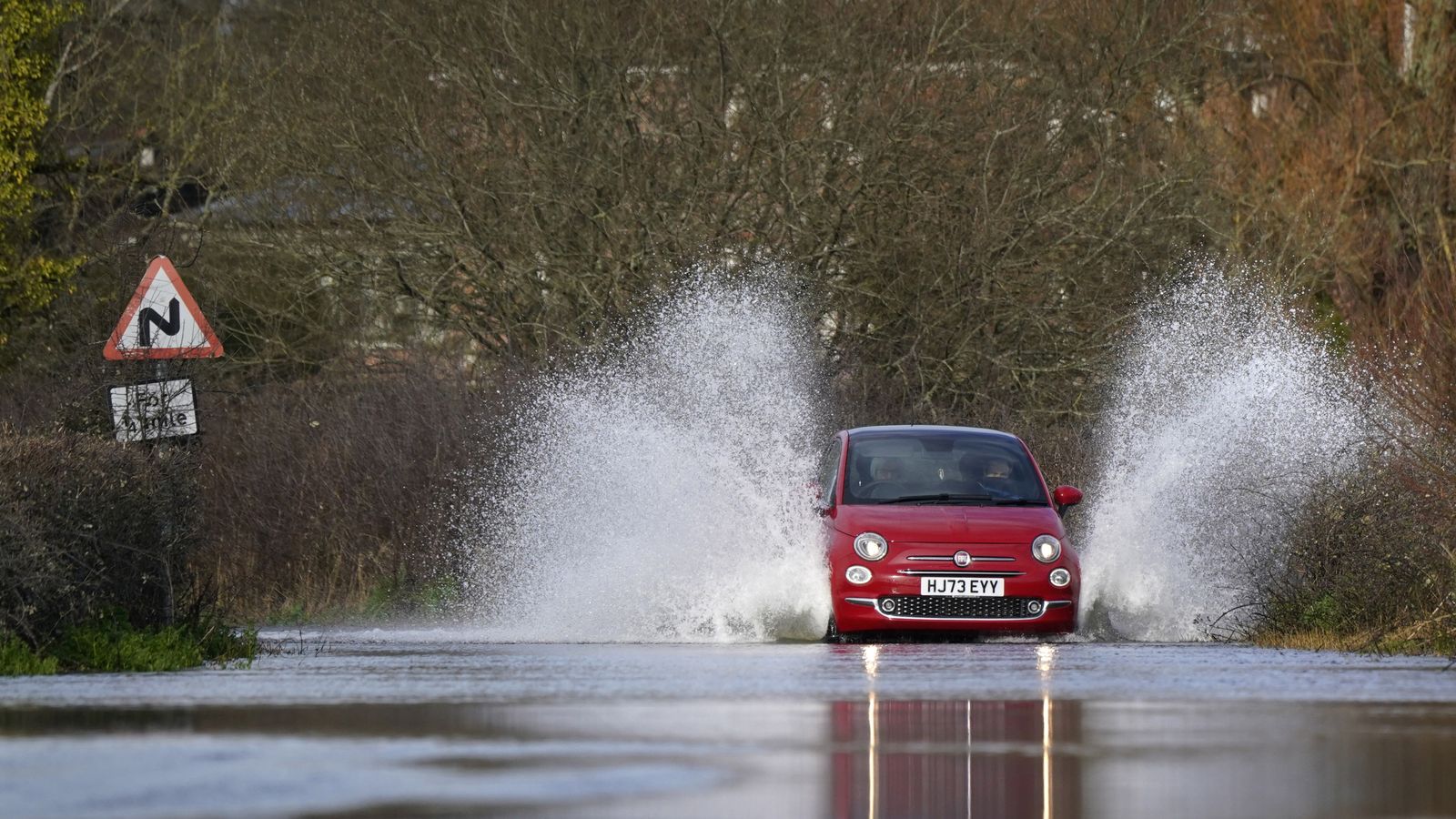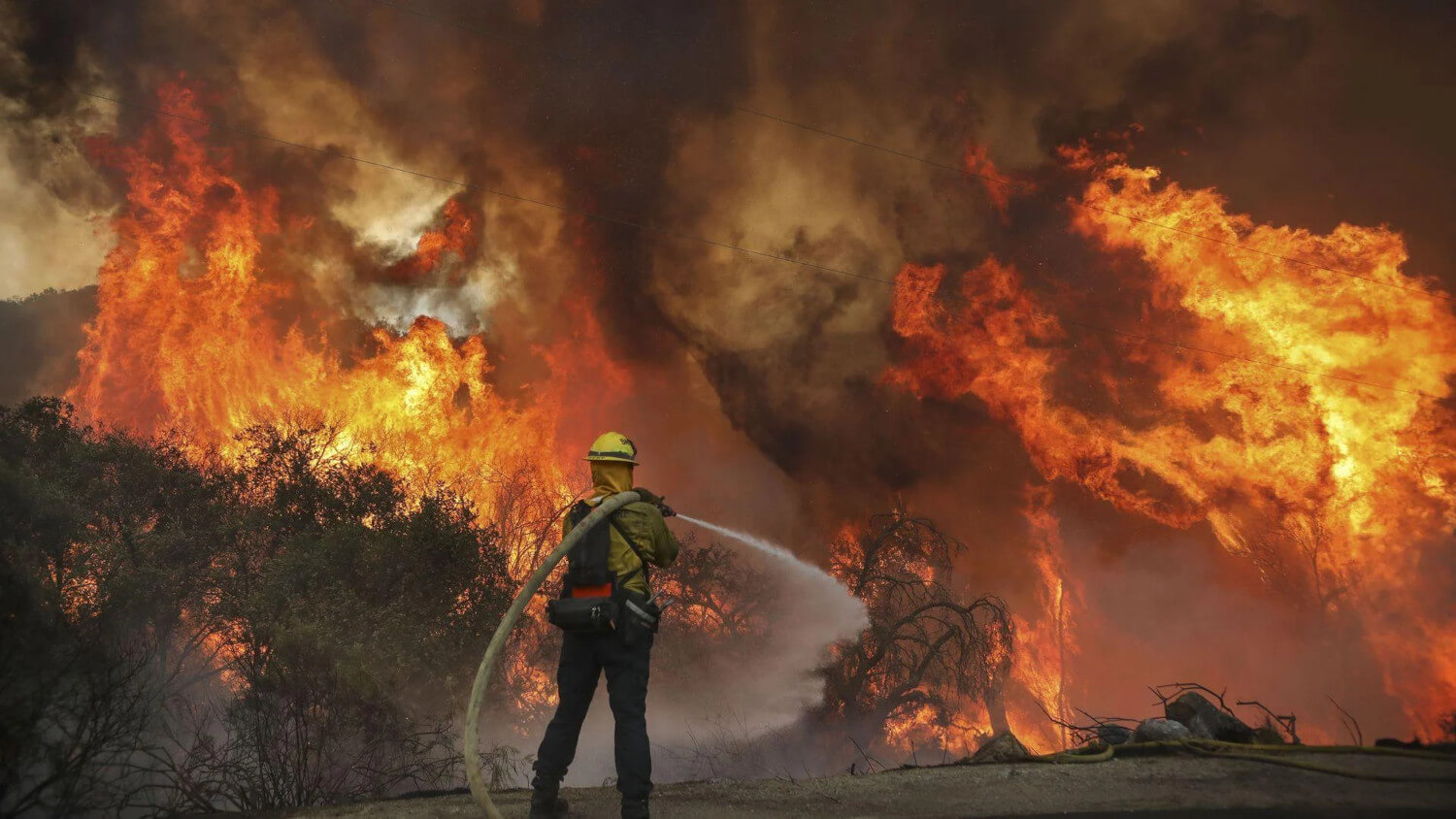Kenya and Tanzania have pledged to implement a 15-point strategy to protect the fragile Mara River basin, a critical ecosystem for the Masai Mara and Serengeti parks facing threat of degradation.
The new plan seeks to speed up the ongoing efforts to transform the collaborative efforts to protect the ecosystem that serves millions of people and wildlife in the two countries and hosts a spectacular event, the wildebeest migration, a wonder of the world.
This came as delegates drawn from the two partner states, researchers, conservationists, and residents residing in the Mara ecosystem convened for the 13th Mara Day celebrations in Masai Mara.
Led by the Lake Victoria Basin Commission (LVBC), delegates pledged to develop an updated Transboundary Integrated Water Resource Management (IWRM) plan for the Mara River basin.
The management plan outlines sustainable usage of water resources along the fragile ecosystem as well as implementation of diverse conservation efforts.
LVBC Executive Secretary Masinde Bwire said the Mara basin is facing challenges from climate change, population growth, and unsustainable land use practices.
The river health directly impacts the biodiversity of the region including the world-renowned Maasai Mara-Serengeti ecosystem, a global treasure, and a UNESCO world heritage site,” said Dr Bwire.
In efforts to promote the conservation of the fragile ecosystem, experts said that collaborations, innovations, and resource mobilisation are crucial in protecting and conserving the system.
“We agree to develop a Mara River Basin-wide programme for climate resilience and adaptation to promote and support investments in climate-smart agriculture, nature-based solutions, and renewable energy,” read the recommendations.
The resolutions signed jointly by East Africa Community Principal Secretary Abdi Dubal and Evans Mtambi, the Regional Commission for Mara region and the head of the Tanzanian delegation, pledge to promote and invest in integrated environmental sanitation in major towns and urban centers.
This, they said, will help promote cleaner production from industries located in the basin. Pollution is among the teething problems experts believe are slowly killing the fragile ecosystem.
In the recent past, some of the industries and towns have been flagged by various agencies for polluting the environment.
As part of the efforts to encourage community engagement in protecting the fragile ecosystem, delegates also pledged to develop and promote integrated community-based conservation and ecotourism initiatives.
The programme also entails land-restoration exercises to support communities living in the Mara.
The two countries have agreed to establish and implement a programme for regular joint water quality and quantity monitoring program in the Mara River basin.
“We pledge to mobilise resources to support research and implementation of transboundary projects and programmes in the Masai-Mara Serengeti ecosystem,” said the delegates.
Bwire explained that deforestation in the Mau water catchment presents a serious threat to Kenya’s water security by disrupting vital ecosystems, diminishing water flow to major rivers, and accelerating soil erosion.
He said this environmental degradation jeopardizes livelihoods, agriculture, and wildlife in the area, while intensifying the effects of climate change.
The delegates also agreed to intensify and diversify resource mobilisation initiatives to catalyze sustainable management and development of the Masai Mara-Serengeti ecosystem.
The delegates are optimistic that the national and county governments, local authorities, development partners, conservation agencies, and local communities will participate in the implementation of the new proposals.
The Mara River basin covers a surface of 13,504 sq km, of which about 65 per cent is located in Kenya and 35 per cent in Tanzania. From its sources in the Kenyan highlands, the river flows for about 395km, draining into Lake Victoria in Tanzania’s Mara region.

![East Africa Community delegates during the 13th Mara Day celebrations in Masai Mara. [Harold Odhiambo, Standard]](https://i2.wp.com/cdn.standardmedia.co.ke/images/wysiwyg/images/iQgSUfPycCYVoui6Y5LbfyvfPIzjdJtIzRHZl1qV.jpg?w=1000&resize=1000,500)








